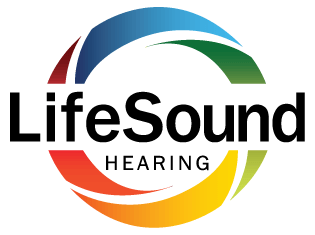
If you find yourself struggling to fall asleep because of disruptive noises, earplugs may offer a simple and effective answer. Noises that may be preventing your ability to get a good night’s rest can be reduced or totally blocked out by using a pair of earplugs at night. Getting a restful night’s sleep is vital for your overall health and well-being and with an assortment of earplugs available, you should be able to find a pair that’s right for you.
How regular earplug users can avoid ear issues
While earplugs can be helpful in getting a good night’s sleep, there are some crucial factors to consider in order to prevent potential ear-related problems, especially if you use them regularly. You will be able to maintain the health of your ears and prevent complications by getting a better understanding of these considerations.
Preventing ear infections
Ear infections are one of the primary dangers of using earplugs.
- Earwax Buildup: Ear infections can occur when earplugs prevent the natural ejection of earwax. Earwax contains bacteria which, if it builds up too much, can lead to an ear infection.
- Symptoms: Infections can cause inflammation, fluid buildup, earaches, and potentially short-term hearing loss.
- Prevention: Proper use of earplugs will help prevent the accumulation of earwax.
Maintaining correct hygiene
If you use earplugs frequently, it’s even more important than usual to maintain good hygiene. If you don’t handle and clean them correctly, they can retain bacteria.
- Storage: Keep your earplugs free of debris and bacteria by storing them in a clean case when they’re not being used.
- Handling: Don’t place earplugs onto an unclean surface or handle them with unclean hands.
- Cleaning Earplugs: Use mild soap and warm water to clean your earplugs. Dry them thoroughly with a clean towel.
Don’t cram them too far in
Another significant consideration is to avoid pushing earplugs too far into the ear canal, as it can trigger pain and potential damage.
- Side Sleeping: Sleeping on your side can force earplugs further into the ear canal, elevating pressure on delicate ear structures.
- Risks: Eardrum injury, pain, and irreversible hearing loss can be the outcome of excessive pressure. Make certain your earplugs are a good size for your particular ear canal and think about sleeping on your back.
- Proper Insertion: Earplugs should be easy to remove with your fingers. Your earplugs are in too far if you need a set of tweezers to take them out.
Choosing the proper earplugs
Selecting the correct type of earplugs can make a considerable difference in your comfort and safety. Earplugs come in various materials, including:
- Silicone Earplugs: Can mold to the outer ear and provide custom fit.
- Wax Earplugs: Less common but can also offer effective noise reduction and comfort.
- Foam Earplugs: Expand and mold to the ear canal, providing effective noise reduction.
Getting sufficient noise reduction while ensuring ear health depends heavily on selecting the right type of earplugs.
Regular monitoring and maintenance
If you use earplugs frequently, it is important to monitor their condition regularly. Examine them for any signs of wear and tear or damage, and replace them if necessary. The danger of bacteria accumulation increases with worn-out earplugs and their noise reduction decreases.
Your quality of sleep can be enhanced by using earplugs to block out disruptive noises. But in order to ensure ear health it’s crucial to maintain proper hygiene and keep them well maintained. Call us right away if you encounter any problems with your hearing or ear health.
[blogcta]
